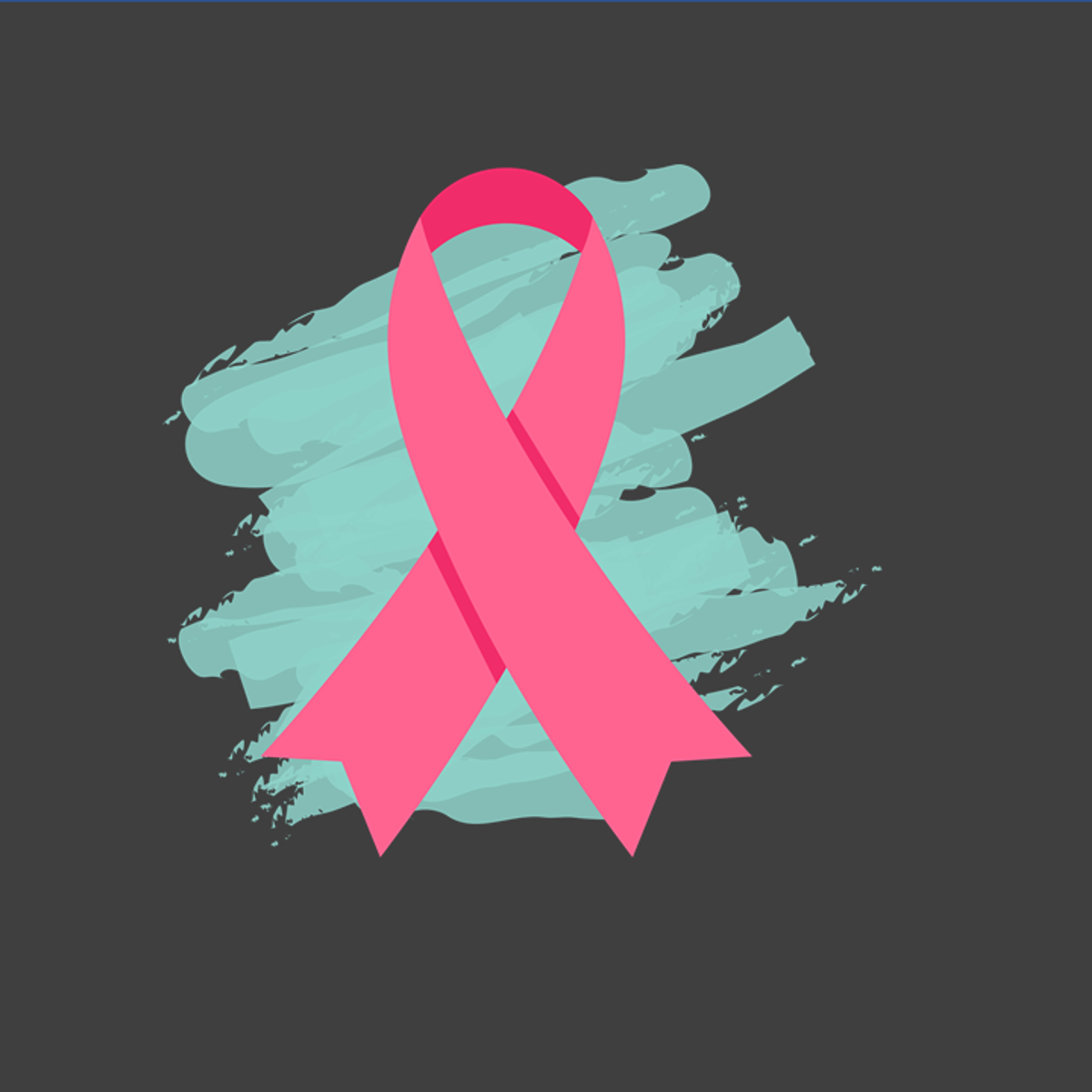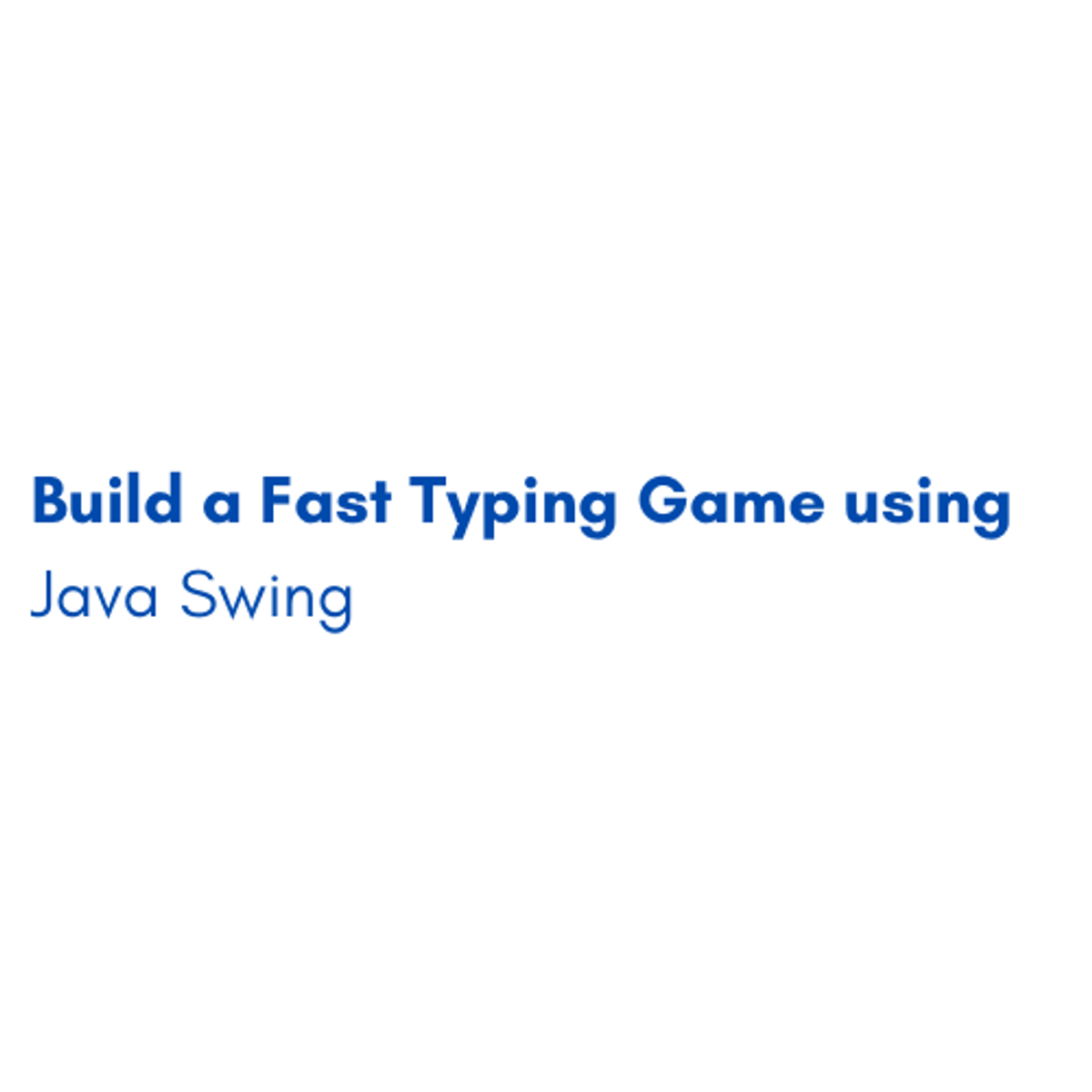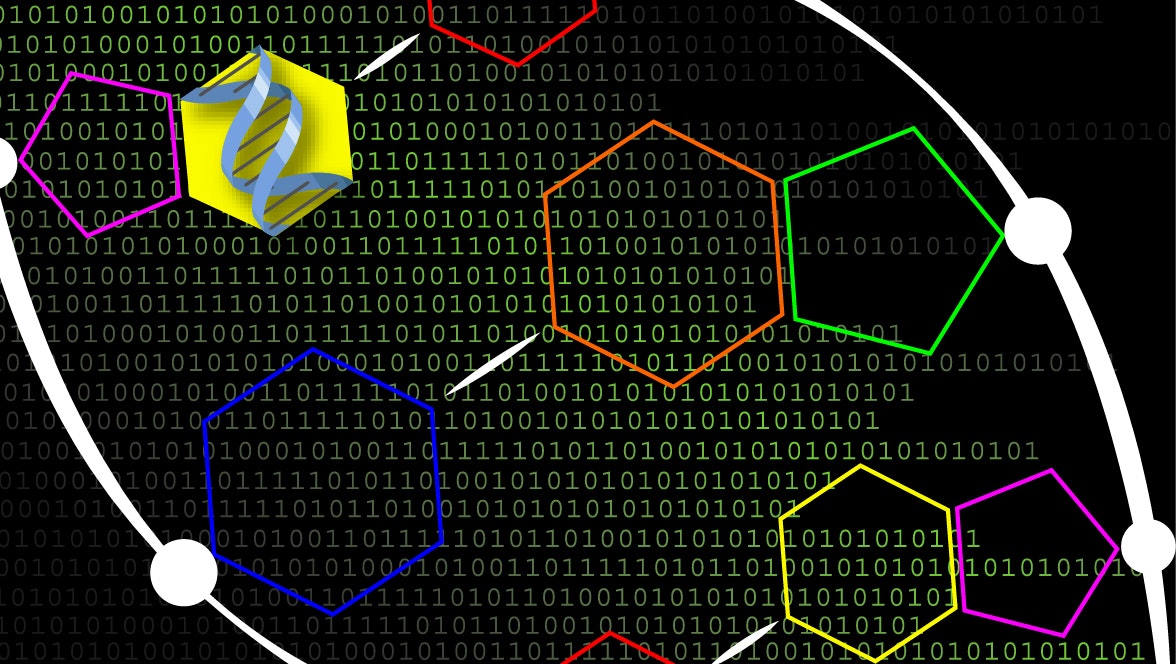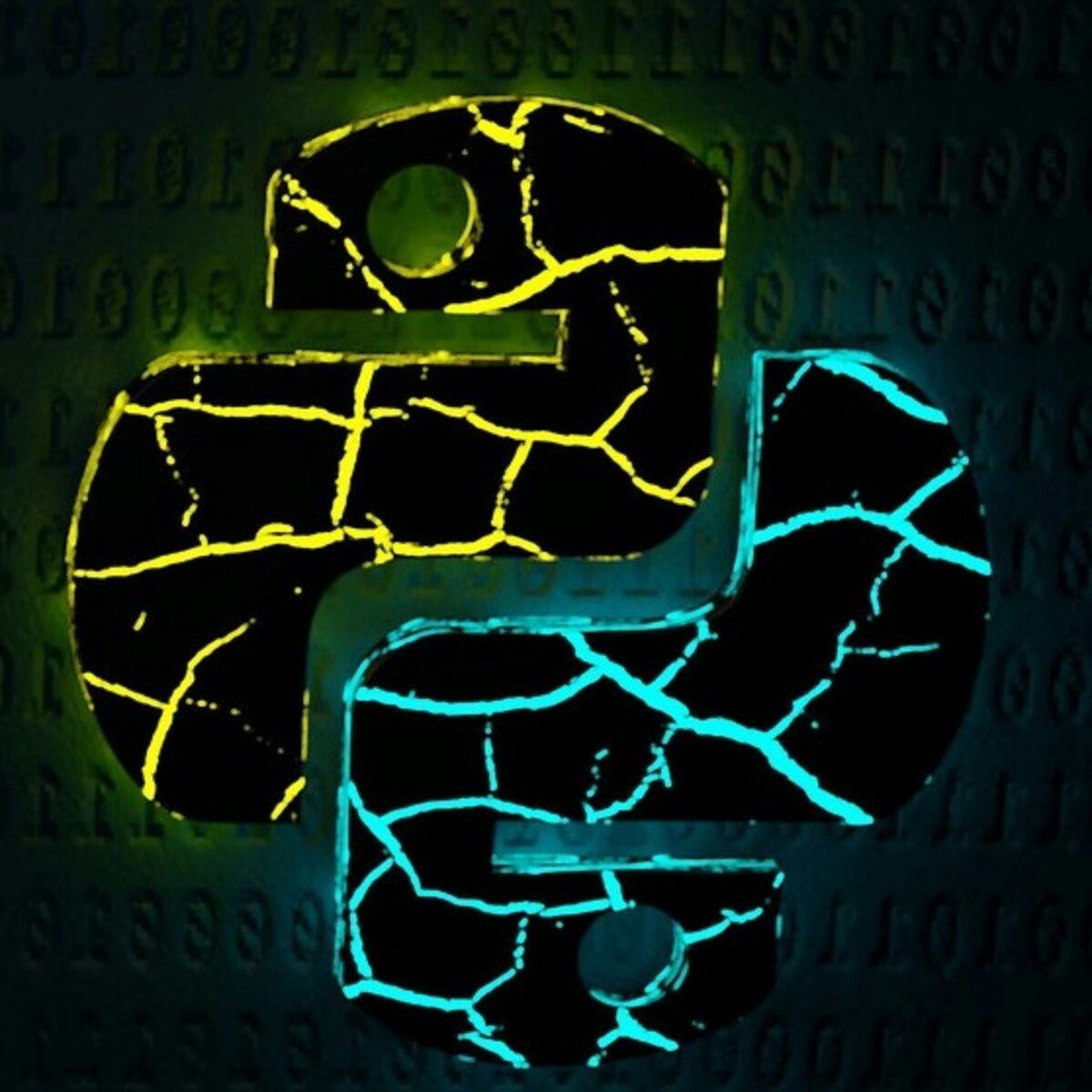Back to Courses









Computer Science Courses - Page 211
Showing results 2101-2110 of 2309

Features and Boundaries
This course focuses on the detection of features and boundaries in images. Feature and boundary detection is a critical preprocessing step for a variety of vision tasks including object detection, object recognition and metrology – the measurement of the physical dimensions and other properties of objects. The course presents a variety of methods for detecting features and boundaries and shows how features extracted from an image can be used to solve important vision tasks.
We begin with the detection of simple but important features such as edges and corners. We show that such features can be reliably detected using operators that are based on the first and second derivatives of images. Next, we explore the concept of an “interest point” – a unique and hence useful local appearance in an image. We describe how interest points can be robustly detected using the SIFT detector. Using this detector, we describe an end-to-end solution to the problem of stitching overlapping images of a scene to obtain a wide-angle panorama. Finally, we describe the important problem of finding faces in images and show several applications of face detection.

Introduction to JavaScript
In this beginning-level course you will discover where JavaScript fits into the world of web development. Through hands-on exercises, you will use the Notepad++ text editor to embed JavaScript code to an existing HTML document. As you code a simple JavaScript program to provide user interaction you will learn to recognize and apply syntax rules and coding standards associated with JavaScript. The final activity in the course has you moving your JavaScript code into an external file so that you can compare inline and external JavaScript.
Note: This course works best for learners who are based in the North America region. We’re currently working on providing the same experience in other regions.

Build social awareness content for Facebook with Canva
At the end of this project, you will have all the basic skills to create Facebook content to educate and inform your audience with Canva, an online tool for creating and editing Marketing visuals. You will be able to create customizable graphic content using the various design tools, colors and graphics offered by Canva.

Angular tooling: Generating code with schematics
In this 2-hour project, you'll master Angular Schematics. After completing the hands-on exercises, you'll be able to create your own schematics collection, effectively use templates, modify files, compose multiple rules and use them through the Angular CLI.

Cervical Cancer Risk Prediction Using Machine Learning
In this hands-on project, we will build and train an XG-Boost classifier to predict whether a person has a risk of having cervical cancer. Cervical cancer kills about 4,000 women in the U.S. and about 300,000 women worldwide.
Data has been obtained from 858 patients and include features such as number of pregnancies, smoking habits, Sexually Transmitted Disease (STD), demographics, and historic medical records.

Build a Fast Typing Game using Java Swing
By the end of this project, you will create a fully functioning fast typing game using Java Swing in Eclipse. This project will give you a great head start towards learning more and mastering one of the most used programming languages in the world. In this project you will be able to identify and apply many basic fundamentals such as data structures, variables, loops etc. Moreover, you will be able to perform simple String manipulation, save and compare the user's input to the original correct word and finally, you will be able to create dynamic labels for many applications. Learning and understanding Java Swing will help you progress in the programming field by creating simple Java applications.

Introduction to Genomic Technologies
This course introduces you to the basic biology of modern genomics and the experimental tools that we use to measure it. We'll introduce the Central Dogma of Molecular Biology and cover how next-generation sequencing can be used to measure DNA, RNA, and epigenetic patterns. You'll also get an introduction to the key concepts in computing and data science that you'll need to understand how data from next-generation sequencing experiments are generated and analyzed.
This is the first course in the Genomic Data Science Specialization.
Intro to Operating Systems 4: Persistence
Learn the inner workings of operating systems without installing anything!
This course is designed for learners who are looking to maximize performance by understanding how operating systems work at a fundamental level. The modules in this course cover input and output, directories, file systems, data integrity and protection, and distributed systems.
To allow for a truly hands-on, self-paced learning experience, this course is video-free. Assignments contain short explanations with images and runnable code examples with suggested edits to explore code examples further, building a deeper understanding by doing. You’ll benefit from instant feedback from a variety of assessment items along the way, gently progressing from quick understanding checks (multiple choice, fill in the blank, and un-scrambling code blocks) to slowly building features, resulting in large coding projects at the end of the course.

Build a Python GUI with Tkinter
A graphical user interface can be a nice alternative to using the command line for running programs, as there is no need to memorize how to execute a command with arguments. A label may be added to describe what is needed for the application, for example. There are many choices for building a graphical user interface in Python. Some of them require licensing for commercial use and each have their own sets of learning curves. Using Tkinter avoids the licensing issues and is quite simple to use as well. It is a GUI package that is the standard GUI toolkit for python applications and is widely available on multiple platforms including Windows, Mac, and Linux.
In this course, you will implement a Tkinter GUI to read from a user-provided file containing data. The GUI will allow the user to plot columnar data as X and Y coordinates on a regression graph, and display statistics about the data from each of the selected columns.
Note: This course works best for learners who are based in the North America region. We’re currently working on providing the same experience in other regions.

Introduction to APIs in Google
This is a self-paced lab that takes place in the Google Cloud console.
This lab will teach you about the architecture and basic functioning of Application Programming Interfaces (APIs). This will be supplemented with hands-on practice, where you will configure and run Cloud Storage API methods in Cloud Shell.
